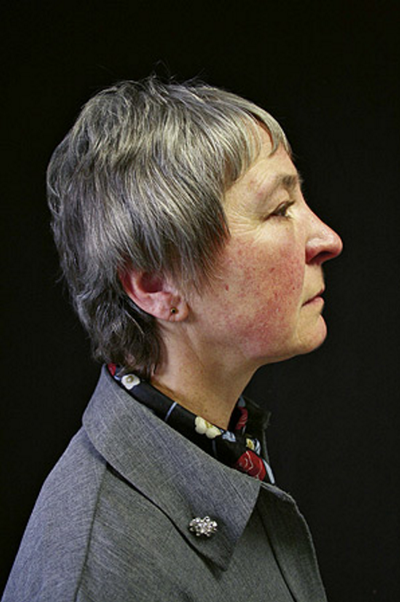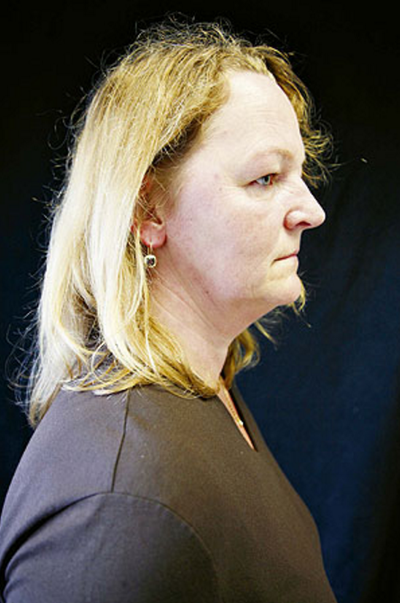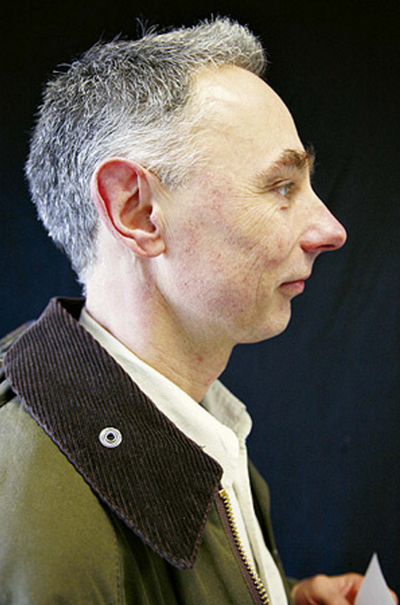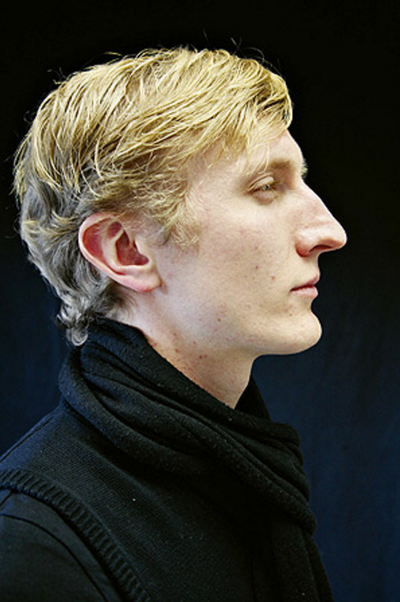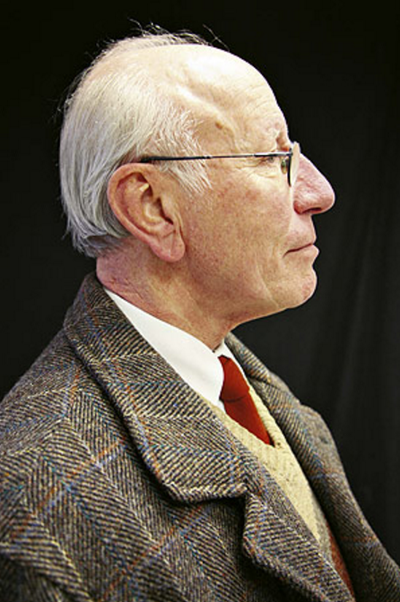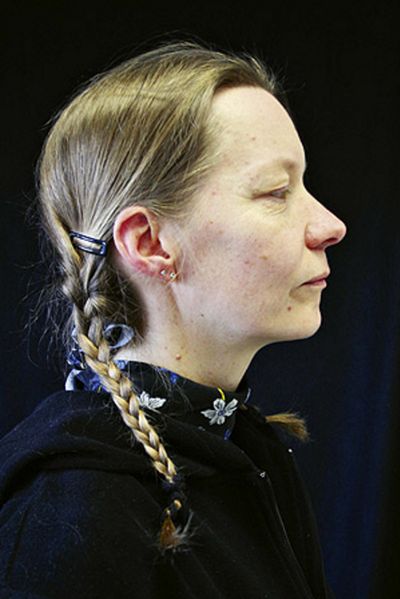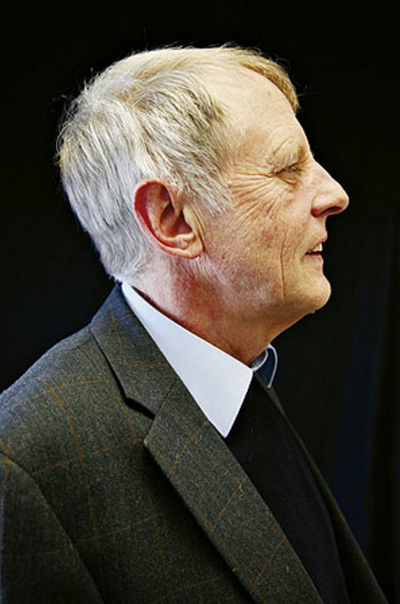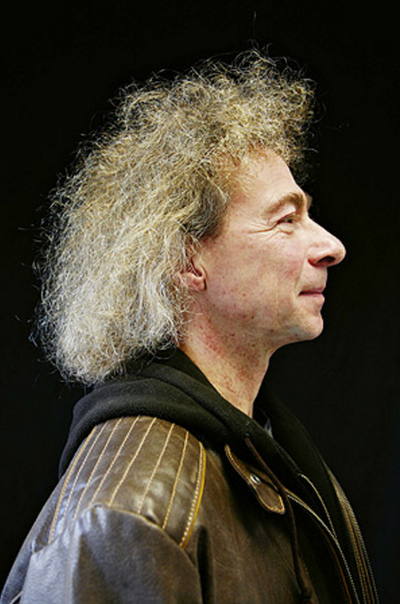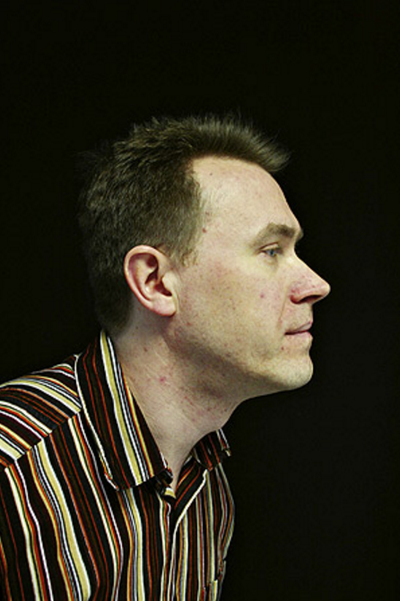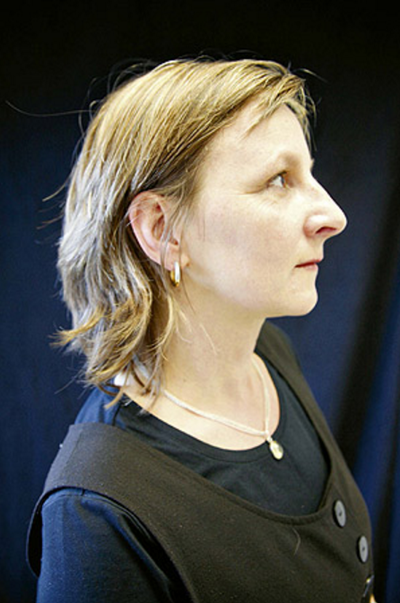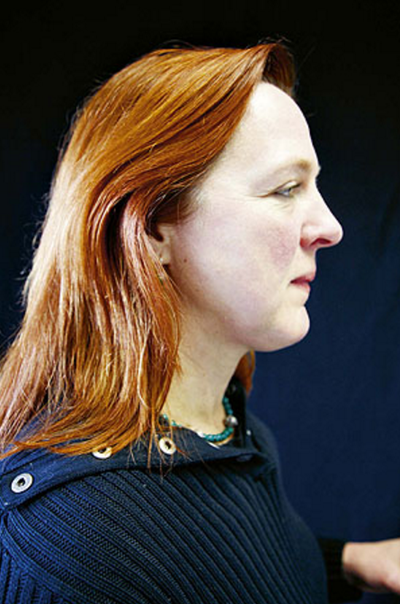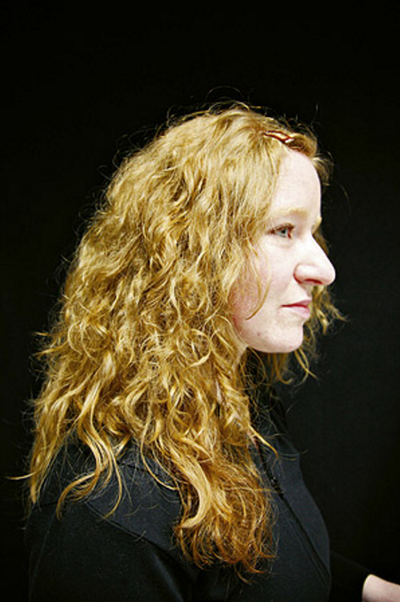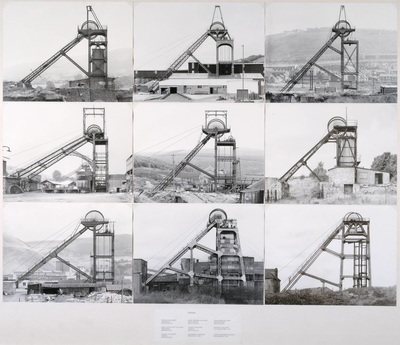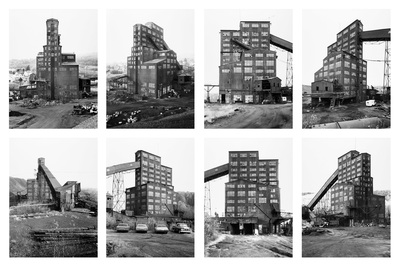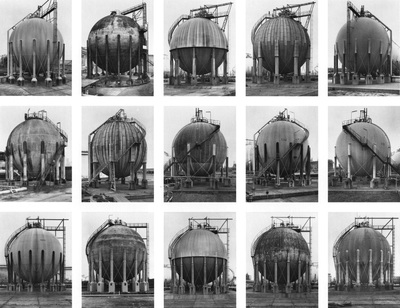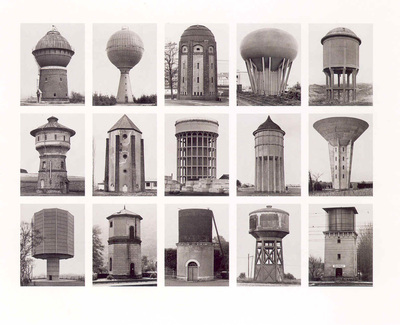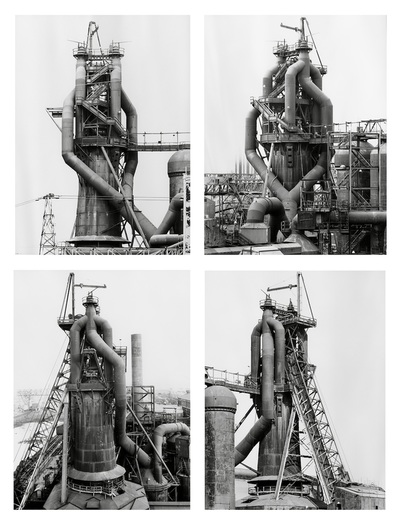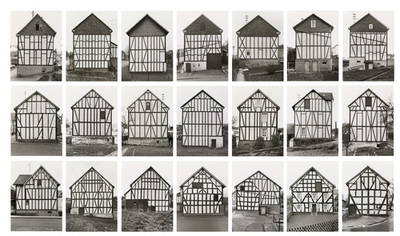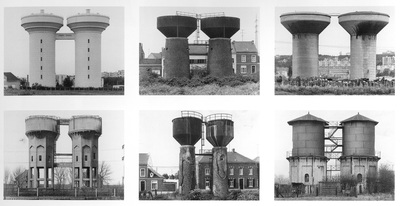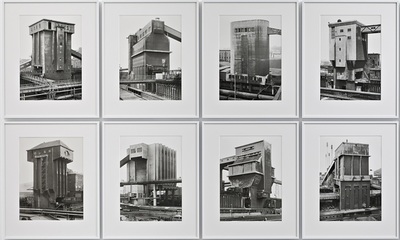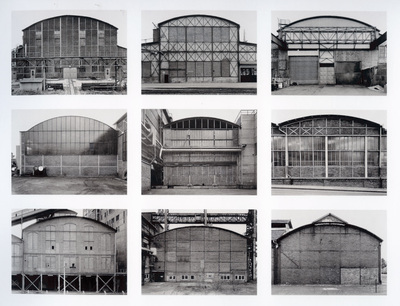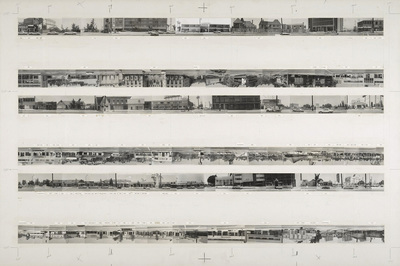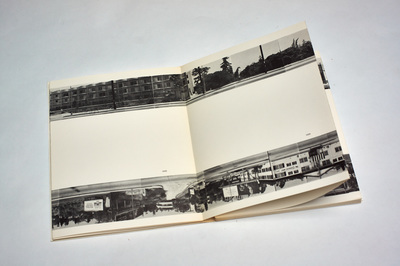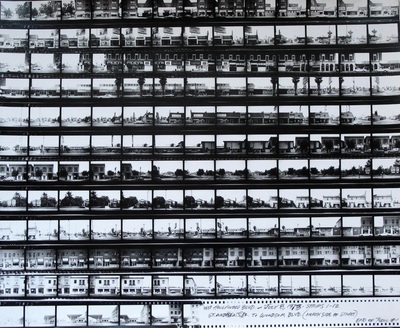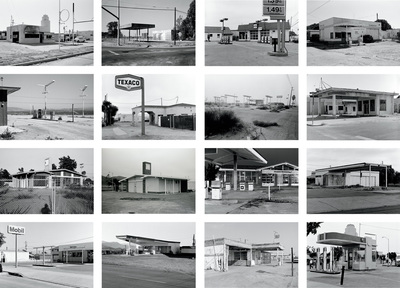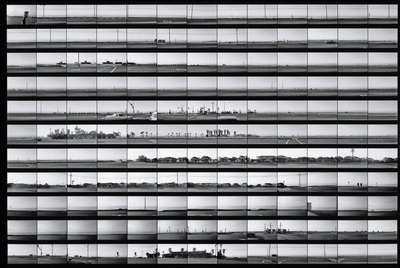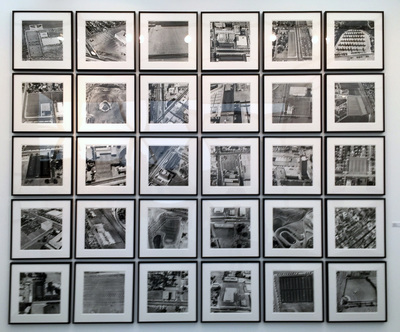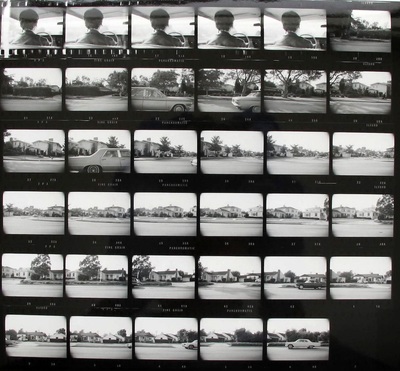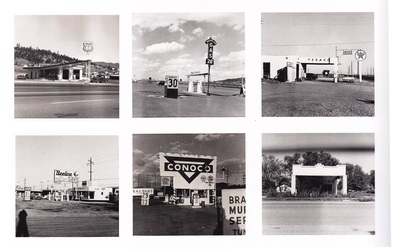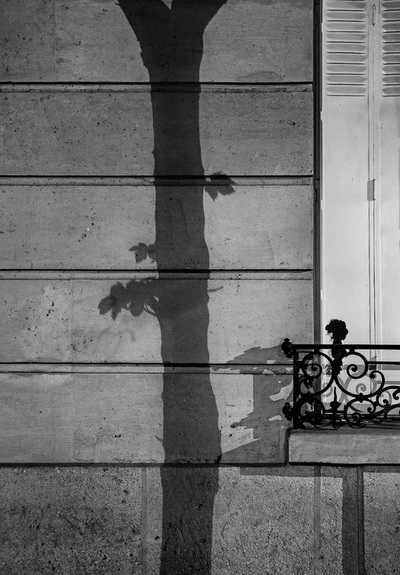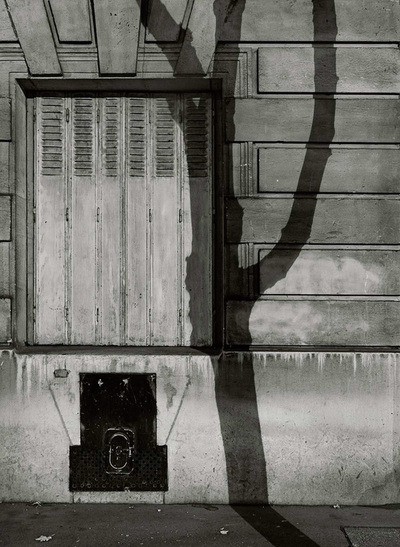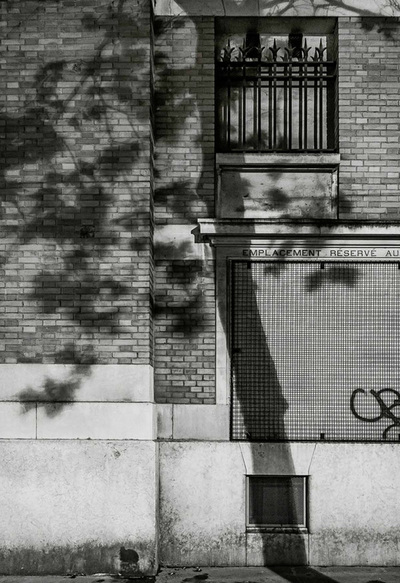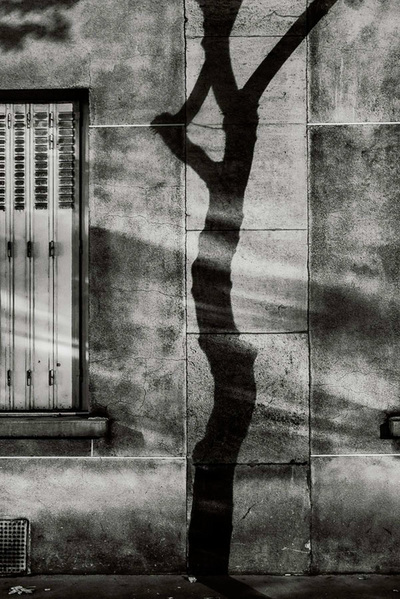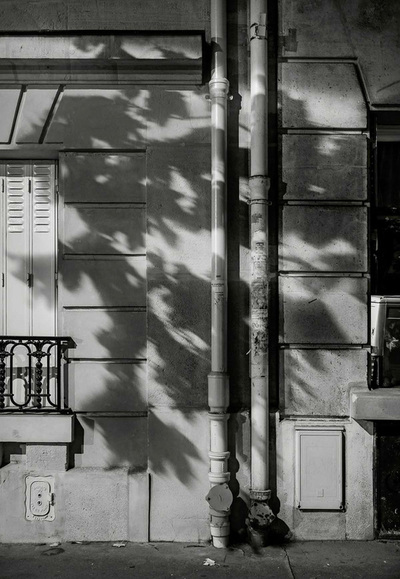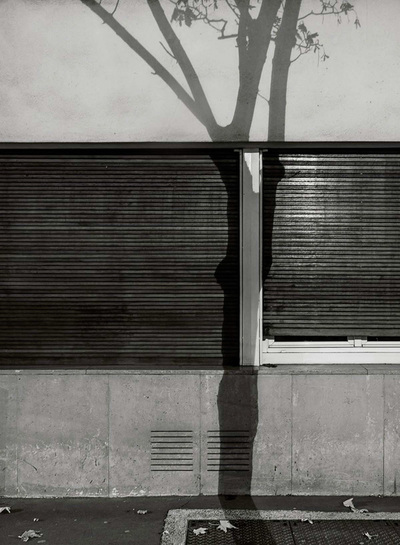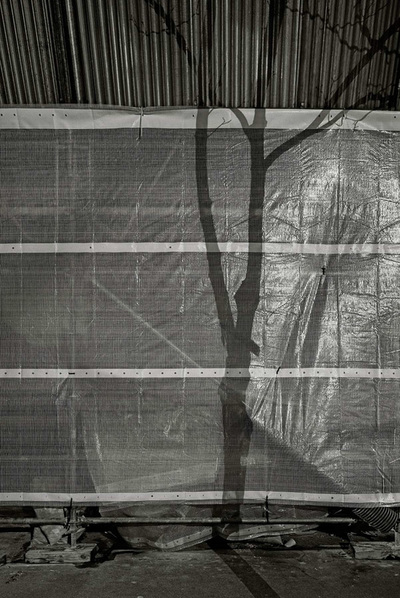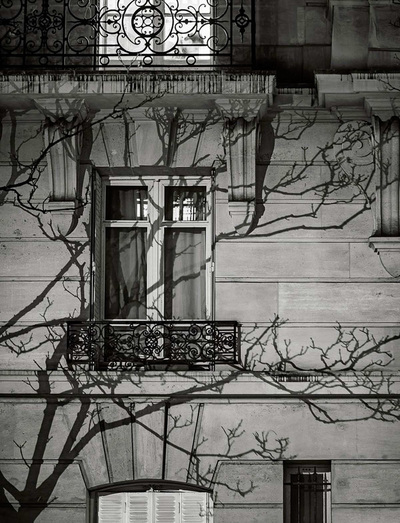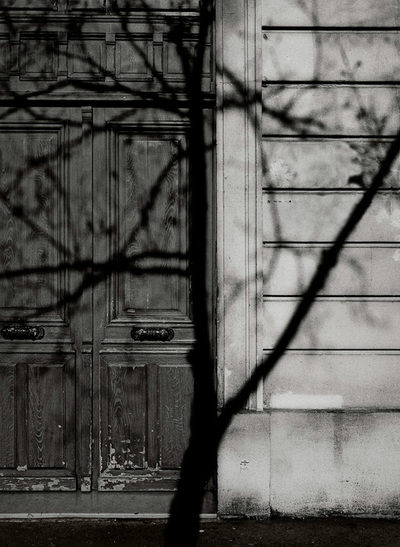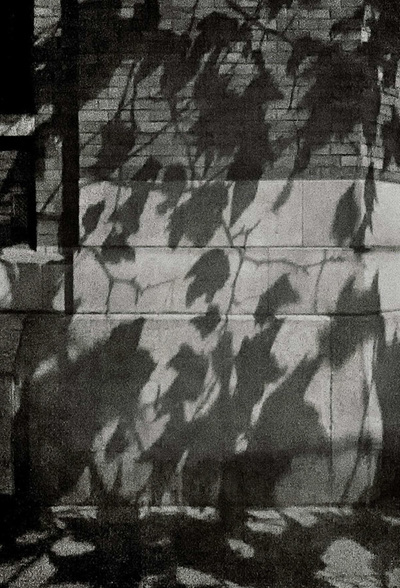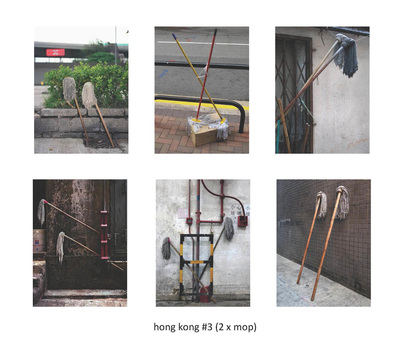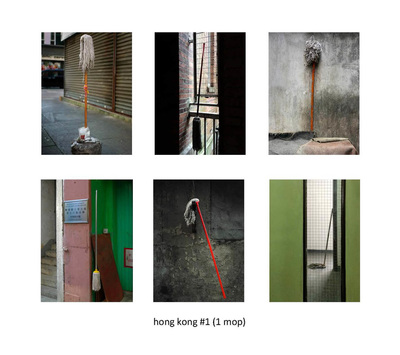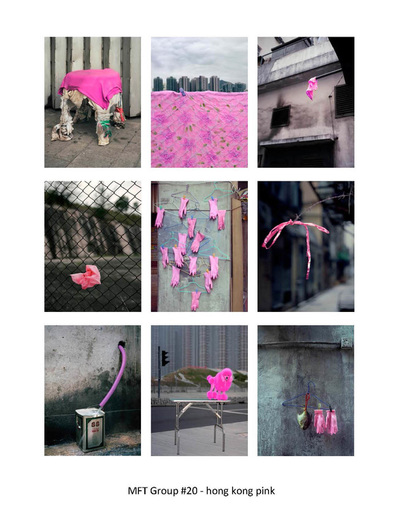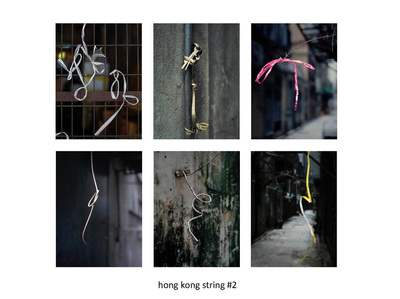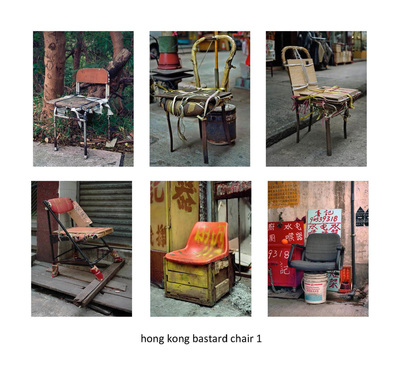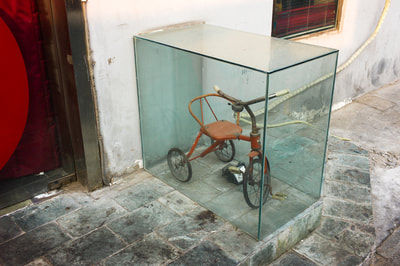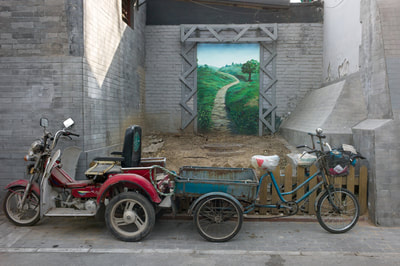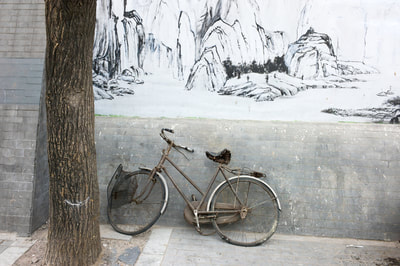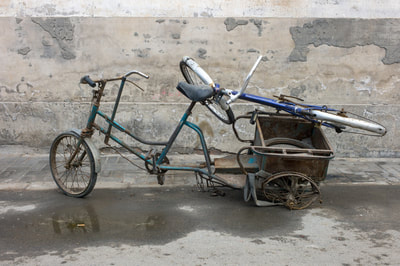Post 16 lesson plan:
Exploring photography as a tool for visual classification with August Sander, Bernd and Hilla Becher, Ed Ruscha and others.
From Jon Nicholls, Thomas Tallis School
Throughout the modern era, photography has been enlisted to classify the world and its people. Driven by a belief in the scientific objectivity of photographic evidence, the logics utilized to classify photographs-in groups and categories or sequences of identically organized images-also shape our visual consciousness. In the twenty-first-century, new digital technologies and globalization have radically transformed the applications of photography, making the reconsideration of photographic information systems ever more urgent.
-- from The Order of Things, an exhibition at the Walther Collection, 2015
This lesson or short series of lessons is designed to encourage students to consider one particular way in which photography has been employed. The camera's ability to make an accurate record of particular visual phenomena has meant that artists and photographers, seeking to make a systematic document of aspects of the world, have been repeatedly drawn to photography. In their hands, the camera has been used as a tool for witnessing and classifying types of subjects - people, buildings, objects etc. - gathering this evidence together in one place (often a book or exhibition) so that the viewer is able to see and assess it. This approach to photography is sometimes referred to as typological, a typology being a study or interpretation of types of things.
Some initial questions:
- Why is the camera (and photography) particularly well-suited to the creation of typologies?
- Why might artist/photographers be interested in creating typologies of things?
- What issues or problems might you anticipate in setting out to create a photographic typology?
The Typologist - a Tumblr blog |
Typologies on Pinterest |
August Sander - The Face of Our Time
|
One of the first photographic typological studies was by the German photographer August Sander, whose epic project 'People of the 20th Century' (40,000 negatives were destroyed during WWII and in a fire) produced volume of portraits entitled 'The Face of Our Time' in 1929. Sander categorised his portraits according to their profession and social class.
Sander's methodical, disciplined approach to photographing the world has had an enormous influence on later photographers, notably Bernd and Hilla Becher. This approach can also be seen in the work of their students Thomas Struth and Thomas Ruff. Other photographers who have explored this idea include Stephen Shore, Gillian Wearing, Nicholas Nixon, Martina Mullaney and Ari Versluis. |
|
Boris Mikhailov - German Portraits
Nearly a century after August Sander's portraits of German society, the Ukrainian photographer Boris Mikhailov created a series of pictures of the amateur actors in a German theatre company in the town of Braunschweig. Shot in profile against a black background, the photographer makes reference not only to Sander's typol0gical study but also to Theodor Piderit's Principles of Mimic and Physiognomy, published in Braunschweig in 1858 and also to Hitler's interest in eugenics; Hitler became a German citizen in Braunschweig in 1932. The profile portrait also encourages the viewer to make formal comparisons between the sitters. Mikhailov's portraits and those of August Sander were exhibited together in 2012.
Bernd and Hilla Becher - Typologies of industrial architecture
The husband and wife team of Bernd and Hilla Becher began photographing together in 1959. Bernd (1931–2007) and Hilla (b. 1934) Becher documented architectural forms referred to as “anonymous sculpture” for over thirty years. Their extensive series of water towers, blast furnaces, coal mine tipples, industrial facades, and other vernacular industrial architecture comprise an in-depth study of the intricate relationship between form and function. Many books on their work are in publication, each titled after the industrial structure that they document.
-- Fraenkel Gallery
Read this useful introduction to the Becher's work from American Photo magazine which describes their interest in the 'Grid' and their influence on future generations of photographers, members of the Düsseldorf School.
Ed Ruscha - Every Building on the Sunset Strip (and other photo books)
|
Ed Ruscha is an American artist who combines an interest in photography and painting. His matter-of-fact images are often presented in book form:
"Ruscha's book projects of the sixties and seventies have come to be recognized as central to photography's development, encouraging both conceptual approaches and interest in analyzing the built landscape. Less well known is his continuing commitment to capturing the various thoroughfares of his adopted home city. At present, the Streets of Los Angeles project numbers more than forty separate shoots and well over a million exposures [...] Photography has always been central to his artistic practice, most notably for the slender, pocket-sized volumes that he began publishing in 1963 and his extensive documentation of Los Angeles streets, beginning with Sunset Boulevard in 1965." The J. Paul Getty Museum In the short film opposite, the artist discusses his interest in photography. He describes the "dead-ahead", "emotionless" approach to depicting the subject, whether it be a gas station, swimming pool or parking lot. The quantity of images he produces is an important consideration. America is a place where scale and number are features of the culture. Photographing from vehicles - cars and a helicopter - are also important in a place like California where very people walk anywhere. Our view of the surrounding landscape in places like Los Angeles is partly dictated by the mode of transport we choose. 'Every building on the Sunset Strip' captures this sense of an unfolding, largely homogenous, urban landscape, passing by through a car window.
|
|
Taryn Simon - A Living Man Declared Dead and Other Chapters
|
Taryn Simon is a conceptual artist who works in a variety of mediums including photography, text and graphic design. In this work she researches blood lines across the world, representing the results of her extensive research in rigorously designed display panels.
In this film she explains some of the characteristics of her practice in relation to the project 'A Living Man Declared Dead and Other Chapters'. This great essay explores Simon's art in the context of photography history. |
|
Simon’s case studies are meditations on the touching of opposites – order and disorder, civility and barbarism, violence and aspiration – in the inscription of the human condition.
Michael Wolf - Paris Tree Shadows (and other urban phenomena)
Michael Wolf's early career as a photo journalist is perhaps evident in his various studies of urban life. He documents repetitive features of the urban landscape, clearly influenced by the deadpan approach of the Dusseldorf School and the New Topographics photographers. However, Wolf's approach appears more concerned with the symbolic role played by mundane items such as his 'bastard chairs' which suggest the density of the urban environment of Hong Kong and the human ingenuity of its inhabitants. Wolf often uses a strict typological approach, as in his series '100 x 100', repeating the same vantage point. However, Wolf is always interested in the individuality of his human subjects and the tremendous visual variety of the interiors in which they live. He often displays his images in groups or in series to draw attention to repetitive phenomena. There is humour and poetry in these groupings. A good example of this is the beautiful and subtle "Paris Tree Shadows' series.
by using a diverse array of perspectives and visual approaches, Wolf uses his camera to reveal the human energy that flows through the contemporary city. In so doing, he establishes himself not only as a photographer of the urban structure, but of the myriad ways in which people adapt to and reconfigure this rapidly changing environment, thereby providing us with a fascinatingly intricate portrait of life in the city.
Paris Tree Shadows
My favourite thing - groups
Zhao Xiaomeng - Bicycles in Beijing, Now
The fate of the bicycle can tell us a lot about the modern Chinese economy. As it thunders remorselessly towards ever greater industrialisation, the car has superseded the bicycle as the preferred mode of transport. In cities like Beijing, bikes have become relics of a bygone age, no longer a symbol of a unifying culture of cycling but rather emblems of social marginalisation. This moving typology by artist Zhao Xia0meng documents a radical change in people's living conditions and economic circumstances through portraits of their bikes, some of which still cling to the last remnants of a useful life. As the old Beijing saying goes, "a dog's life is better than no life."
Some more questions:
- What formal and aesthetic similarities and differences do you find in the examples of typologies above?
- To what extent do photographic typologies attempt to capture "the spirit of an age"?
- Susan Sontag wrote "all photographs are memento mori" (a memento mori is a type of image which reminds us of death). In what sense is this particularly true of typologies?
You could ask students to:
Create their own typological series documenting repeated forms where they live and work. For example, they might like to choose one of the following subjects:
- front doors on the street where you live
- cracks in the pavement
- fences and walls
- the colours of all the cars in the supermarket car park
- telegraph poles viewed from below
- TV aerials silhouetted against the sky
- mugs/cups in your kitchen cupboard seen from above
- your friends' hairstyles seen from behind
- all the things you eat in a week
- all of your clothes laid out one piece at a time on your bedroom floor ... etc.



